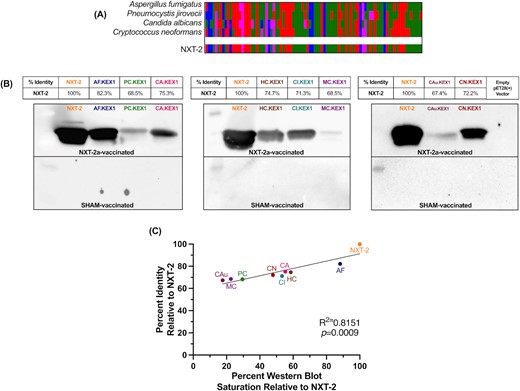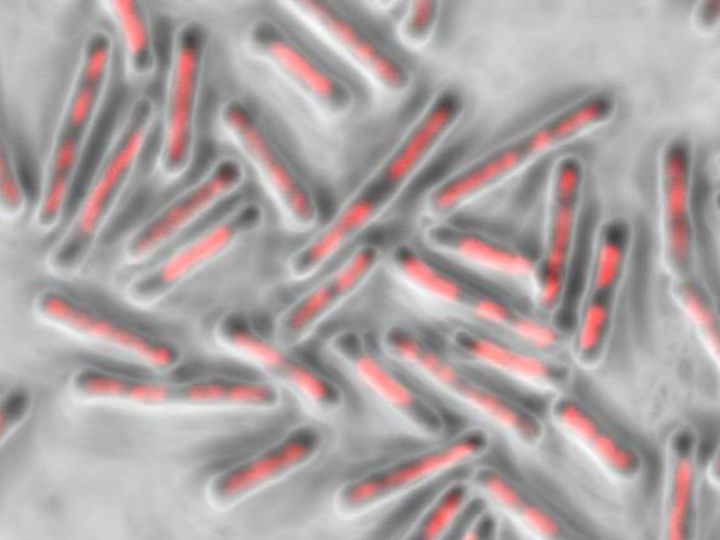2023-01-31 タフツ大学

“Every time we experience something that could be potentially threatening in our environment, the amygdala starts a chain of reaction of responses in the brain,” says Cecilia Hinojosa. Illustration: iStock
◆このたび、研究チームは、この疾患に対する脆弱性を示すマーカーを発見した。研究チームは、驚いた表情と中立的な表情を見たときに、ある特定の脳領域の活性化が高まることが、PTSDの発症と関連していることを発見しました。
◆これまでの研究で、PTSD患者は警戒心が強いために、曖昧な信号や明らかに脅威とはいえない信号に対して恐怖反応を示す場合があることが分かっていました。
◆タフツ大学の研究者が率いる研究チームは、一卵性双生児のペアを対象に、fMRIによる脳の活性化の研究を行っている。同じ遺伝子を持つ一卵性双生児を研究することで、どの形質が家族的で、どの形質が家族的でないかを示すことができるのである。
◆12組の一卵性双生児のうち、1組の双子はトラウマを経験しPTSDを発症したが、もう1組はトラウマを経験していない。対照群として、15組の一卵性双生児ペアが用いられた。その双子のうち1人はトラウマを経験したがPTSDを発症しておらず、もう1人はトラウマにさらされていない。
◆トラウマに関連するイメージに対するPTSD患者の反応はこれまでにも研究されているが、曖昧なイメージに対する反応を、脳賦活スキャンをしながら調べた例はない。研究チームは、2つの脳内メカニズムに着目しました。研究チームは、PTSDの男性が驚いた表情をしたときに扁桃体の活性化が大きくなることは予想していたが、中立的な表情に対しても同じ反応を示すとは予想していなかった。興味深いことに、PTSDを発症していない、トラウマに暴露された双子の被験者も同じだったのです。一方、トラウマを経験したがPTSDと診断されていないグループでは、驚いた顔にも中立の顔にも同じように扁桃体反応の高まりは見られませんでした。
◆これらの結果は、トラウマを経験する前に扁桃体の活性化が大きい人は、PTSDを発症しやすいことを意味しているのかもしれない、とHinojosaは指摘する。
◆この研究から得られた最後の知見は、過剰な恐怖反応を抑制する内側前頭回での反応低下が、PTSDを発症したグループでのみ生じたということである。実験心理学で博士号を取得したヒノホサは、「前頭前野の反応低下は、PTSDの後天的特性であることを示唆しています」と言う。
<関連情報>
- https://now.tufts.edu/2023/01/31/shining-light-biological-origins-ptsd
- https://www.sciencedirect.com/science/article/abs/pii/S0022395622006021
曖昧な表情に対する扁桃体活性化の亢進は、心的外傷後ストレス障害の家族性脆弱性因子である Exaggerated amygdala activation to ambiguous facial expressions is a familial vulnerability factor for posttraumatic stress disorder
Cecilia A.Hinojosa,Michael B.Van Elzakker,Katherine C.Hughes,Reid Offringa,Lisa M.Sangermano,Isabella G.Spaulding,Lindsay K.Staples-Bradley,Ethan T.Whitman,Natasha B.Lasko,Scott L.Rauch,Scott P.Orr,Roger K.Pitman,Lisa M.Shin
Journal of Psychiatric Research Available online: 21 October 2022
DOI:https://doi.org/10.1016/j.jpsychires.2022.10.049
Abstract
Objective
Previous research has reported hyperresponsivity in the amygdala and hyporesponsivity in ventral portions of the medial prefrontal cortex to threat-related stimuli in posttraumatic stress disorder (PTSD). Whether such findings generalize to more ambiguous stimuli and whether such brain activation abnormalities reflect familial vulnerabilities, trauma-exposure, or acquired characteristics of PTSD remain unclear. In this study, we measured brain responses to emotionally ambiguous stimuli (i.e., surprised facial expressions) in identical twin pairs discordant for trauma exposure to elucidate the origin of brain activation abnormalities.
Methods
Participants with PTSD (n = 12) and their trauma-unexposed identical cotwins (n = 12), as well as trauma-exposed participants without PTSD (n = 15) and their trauma-unexposed identical cotwins (n = 15), passively viewed surprised and neutral facial expressions during functional magnetic resonance imaging (fMRI). Afterward, participants labeled and rated each facial expression on valence and arousal.
Results
Amygdala activation to Surprised and Neutral facial expressions (versus Fixation) was greater in the participants with PTSD and their trauma-unexposed identical cotwins without PTSD, compared to the control twin pairs. In contrast, medial frontal gyrus (MFG) activation to Surprised facial expressions (versus Fixation) was diminished in the PTSD group relative to the other three groups.
Conclusions
Amygdala hyperresponsivity to emotionally ambiguous facial expressions may be a familial vulnerability factor that increases the likelihood of developing PTSD after experiencing a traumatic event. In contrast, MFG hyporesponsivity may be an acquired characteristic of the disorder.


